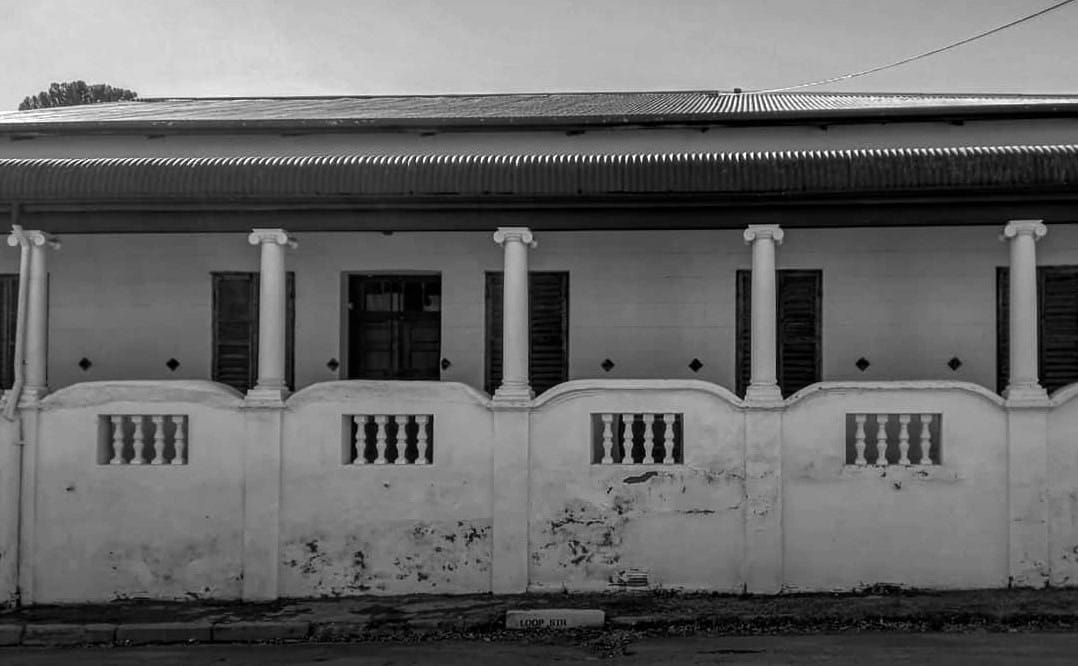Karoo stoep culture and the architecture of conversation
The real genius of the stoep is not its structure but its ability to draw people out.

It does not take long to notice how many lives spill gently onto the Karoo stoep.
Wrapped around Victorian and Edwardian homes, farmhouses, and even humble cottages, the stoep is the chosen stage for conversation and the enduring ritual of watching the world drift by.
Along Market Street in Cradock, some stoeps have been standing since the 1800s, when they offered settlers a cool retreat from the afternoon sun. Today, these deep verandas are as vital as ever.
In a region where summer temperatures can hover near 40 degrees Celsius, a shaded stoep is the best place to escape the heat and still feel connected to the street. Locals gather here, waving at passing bakkies, greeting neighbours, and sharing the news of the day.
A place to listen
In Nieu-Bethesda, the Karoo’s best-known stoep town, the spirit of quiet conversation takes on an almost artistic tone. Visitors to The Owl House Museum often linger longer on the stoep than inside Helen Martins’ strange and glittering home.
It is here that conversations begin with strangers, often about the concrete owls and camels that guard the garden wall but drift quickly to talk of farming struggles, rainfall, or the isolation that comes with life so far from the city.
Local guesthouses in Nieu-Bethesda have learnt that a wide stoep is an unspoken promise to their guests. Many proprietors, like those at the Bethesda Arts Centre, encourage visitors to sit out at dusk.
Here, stories are swapped across tables, fireflies appear above the dust, and the stoep becomes a bridge between visitor and local.
A seat for every season
In the Karoo Midlands, the stoep is not just a shelter from the sun but a vantage point for the seasons. Farmers in Middelburg keep an eye on gathering storm clouds from their stoep chairs.
In winter, blankets and thick socks appear as neighbours shift chairs to catch the low sun. Old-timers in Richmond recall how the stoep once served as the only meeting place for miles - no coffee shop culture here, only the stoep and a beer.
Over time, the stoep has also found new business uses. A few even become pop-up galleries when local artists hang paintings from rusted nails hammered into stoep beams.
It is informal and deeply Karoo, a blend of entrepreneurship and neighbourliness that suits the place perfectly.
A social fabric stitched in stone
Architecturally, the stoep is a practical solution for hot, dry regions like the Karoo. Wide eaves protect thick stone walls, helping homes stay cool. Wooden fretwork and corrugated iron roofs are reminders of settler ingenuity and the adaptations needed for harsh conditions.
Yet the real genius of the stoep is not its structure but its ability to draw people out. In towns where distances are vast and connections can feel few, the stoep invites the next conversation where a neighbour on foot might pause for a quick word.
The stoep, at its best, dissolves the walls of the home just enough to welcome the street in - but not too far in. It is a threshold that suits Karoo life: open yet private, restful yet alive with voices.
As the sun sinks behind the Sneeuberg mountains, the stoep remains the perfect place to watch it go. The shadows lengthen, the tea mugs are refilled, and somewhere down the street another front gate squeaks open as someone else steps out to join the slow, steady architecture of conversation.





Comments ()